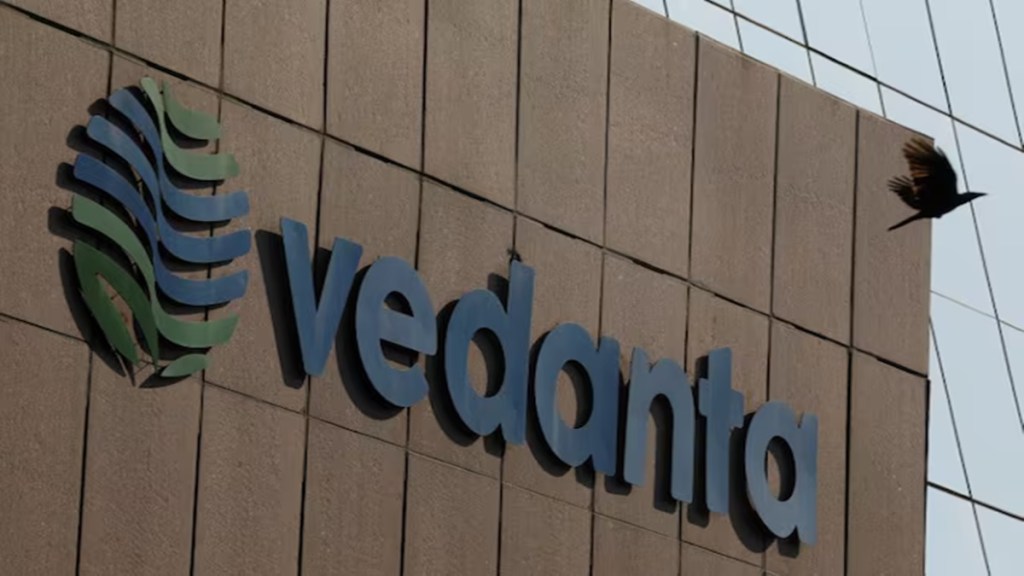US short seller Viceroy has accused Vedanta in a fresh report of violating its agreement with the government on how the mining conglomerate collects ‘brand fees’ from Hindustan Zinc (HZL).
The report, citing a whistleblower, claims that the fees is not only unjustified but may also trigger legal clauses that could cost Vedanta billions of dollars. Both Vedanta and the government have shareholding in HZL.
Allegations of Financial Mismanagement
Vedanta introduced a brand and strategic services (BSS) fee in 2022, charging HZL for using the Vedanta name. However, the report points out, HZL neither uses the brand nor receives any real services in return.
It also alleged the brand fee, which is set at 2-3% of the projected turnover, was pushed through without mandatory approval from government-appointed directors on the HZL board, violating a shareholder agreement signed when the government divested majority control in the company. It also noted that HZL has paid `1,562 crore over the past three years, which amounts to around 5% of its turnover during that period.
Under this agreement, any major related-party deal – especially those involving company directors or group firms – requires special consent from the government. By not seeking this, Vedanta may have triggered what the agreement terms an “event of default.”
This breach gives the government the right to invoke a “sovereign put or call option” which means that it can either buy Vedanta’s stake in HZL at a 25% discount, or force Vedanta to buy its stake at a 25% premium. Either scenario would significantly hurt Vedanta financially, the report said.
The brand fee arrangement also reportedly includes a hidden clause that would penalise HZL heavily if it tried to exit the deal, making it hard to reverse. The report claims the whistleblowers have informed Viceroy that this clause was inserted to help Vedanta Resources (VRL), also a promoter company in Vedanta, borrow money using the HZL contract as collateral.
Broader Scrutiny on Vedanta
Beyond the brand fee, the report flags other questionable dealings involving HZL’s funds being routed to promoter-linked firms like Serentica Renewables and Runaya Greentech, in some cases for negligible returns.
Viceroy in its report noted that HZL, the crown jewel in Vedanta’s portfolio of companies, has gone from a `16,000 crore net cash position to `8,700 crore net debt in just five years.
Meanwhile, it has continued to pay out large dividends, largely by taking on more debt. It also faces `15,000 crore in pending tax and royalty claims, raising questions about its long-term solvency.
This is the latest in slew of reports from the short seller targeting the Anil Agarwal led group. Last week, it released a report that claimed that VRL is draining its listed entities to service its own debt, and its entire corporate structure was unstable. The mining major has refuted the claims of the initial reports calling the allegations misleading. It has not commented on subsequent reports, including the latest one on HZL.
Earlier this week, proxy advisory firm in its report said that the practice of debt servicing through listed entities is a widely adopted model among global conglomerates. It also benchmarked Vedanta’s financial structure and governance metrics against peers in the resource and infrastructure sectors, cautioning investors against drawing conclusions from short-seller reports without broader context.
In another report, Bank of America (BofA) also maintained a positive stance on VRL and its subsidiary’s securities, citing reduced liquidity risk, lower debt ($5.3bn by FY25), and improved credit metrics. Despite concerns raised in the Viceroy report, BofA highlighted falling interest costs and reduced reliance on dividends. It also said that Vedanta free cash flow is expected to rise on stronger aluminium and silver prices.

